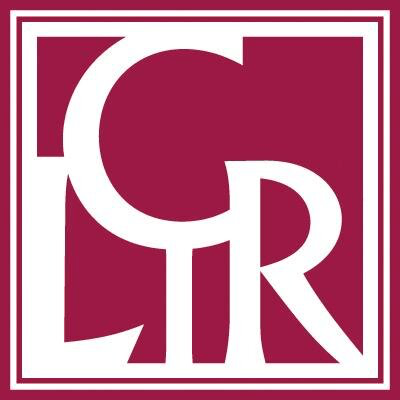subject: collections
folklore
recordings
audio
video
film
preservation
access
rights management
CLIR Press Release
NEWS RELEASE
For Immediate Release: May 3, 2001
Contact: Abby Smith 202-939-4758
Report Highlights Crisis in Recorded Sound Collections
WASHINGTON D.C.Large portions of unpublished sound recordings from the twentieth century may be lost to future use if immediate steps are not taken to save them. The problem is not simply one of preservationalthough magnetic tape, where the bulk of unpublished sound collections are stored, is notoriously unstable. Many collections lack adequate documentation, making it difficult for researchers to know what is available. Moreover, when documentation is available, it often lacks information about usage rights.
In December 2000, a group of folklorists, sound engineers, preservation experts, lawyers, librarians, and archivists met to discuss what would be needed to ensure the long-term accessibility of folk heritage collections. The American Folklore Society and the American Folklife Center at the Library of Congress convened the meeting, with support from the Council on Library and Information Resources (CLIR), National Endowment for the Arts, and National Endowment for the Humanities.
A list of 27 recommendations for access, preservation, and rights management is presented in a newly published report from CLIR, entitled Folk Heritage Collections in Crisis. The report also includes the text of the three keynote presentations by Virginia Danielson of Harvard University; Elizabeth Cohen of Cohen Acoustical, Inc.; and Anthony Seeger of the University of California, Los Angeles, as well as formal responses to the presentations and summaries of the discussions.
Folk Heritage Collections in Crisis is available on CLIR’s Web site, www.clir.org in PDF format. Print copies will soon be available for ordering through the Web site.
The Council on Library and Information Resources is a private, nonprofit organization acting on behalf of the nation’s libraries, archives, and universities to develop and encourage collaborative strategies for preserving and providing access to the accumulated human record and to help them adapt to changes produced by digital information.

